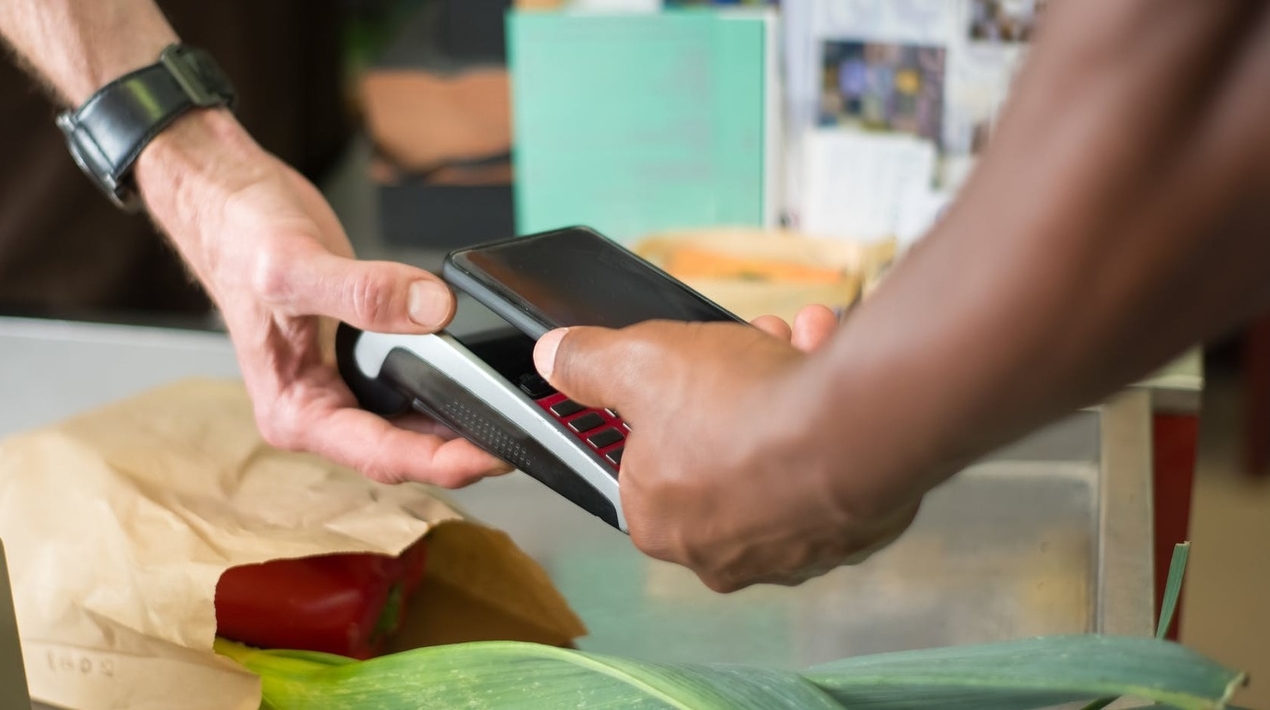
Digital transactions in the Philippines are expected to further increase as regulators and other stakeholders continue to strengthen the system and put additional safeguards to thwart financial transaction-related cyberattacks. The central bank, Bangko Sentral ng Pilipinas (BSP), aims for 70% of adult Filipinos to have bank accounts by 2023 as part of its digital transformation and financial inclusion bid.
During a recent briefing, the BSP Governor, Benjamin Diokno, said that as of the first quarter of 2021, around 53% of adult Filipinos owned electronic money (e-money) accounts, higher than the 29% in 2019. He also said it was encouraging to see the rise in the use of digital payments after the central bank hit its target to have 20% of financial transactions be done digitally by 2020. The BSP continues to introduce innovations on electronic payment systems in the country, particularly for PESONet and InstaPay, the two electronic fund transfer facilities under the central bank’s National Retail Payment System (NRPS).
While the central bank has received more complaints pertaining to online banking transactions compared to those related to automated teller machines (ATMs) and credit cards, since the pandemic started in 2020, Diokno stated that he does not consider the lack of public confidence as a major constraint to the use of online transactions. The biggest challenges in encouraging Filipinos to adopt digital payments are financial exclusion, lack of substantial savings to put in an account, lack of awareness of the need to maintain an account, and inability to meet documentary requirements to open an account. He noted that these issues are aggravated by problems with Internet connectivity, which is among the primary tools needed for digital financial services.
Last week, the BSP, along with the Philippine Payments Management Inc. (PPMI), launched a multi-batch settlements (MBS) facility that will increase the allowed daily transactions through PESONet. The MBS increases to two cycles the PESONet settlements in a banking day instead of the previous one settlement at the end of the day. The feature aims to incentivise customers to use PESONet for greater convenience, faster settlements, and better liquidity management.
According to a report, the volume of PESONet transactions rose by 26% year-on-year by end-2021 to seven million amounting to around PHP502 billion (US$9.7 billion), up by 37%. During the same period, InstaPay transactions rose by 47% to 45 million, amounting to PHP289 billion (US$5.6 billion), higher by 64% compared to the end-2020. PESONet is for bulk and recurring transactions while InstaPay is for low-value payment transactions. The MBS for PESONet is expected to drive up both the volume and value of transactions.
The average monthly value of PESONet transfers in 2021 was around PHP380 billion (US$7.4 billion). Based on the government’s projections, this figure could increase by more than 50% as it implements MBS in the next 24 months. As of 2021-end, there were 94 BSP-supervised institutions that provide PESONet services, and these include thrift banks (TBs) and non-bank electronic money issuers (EMIs).
















